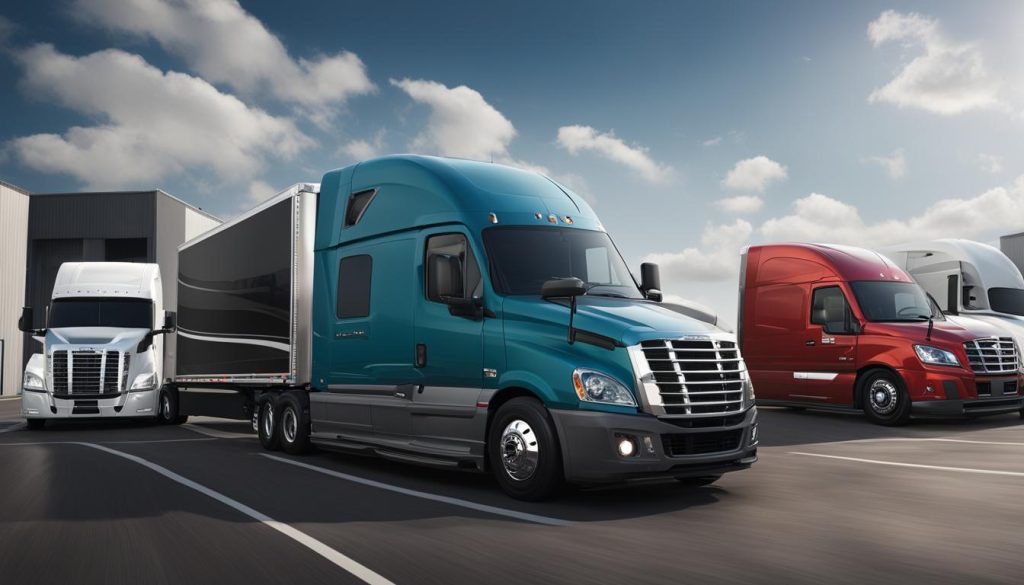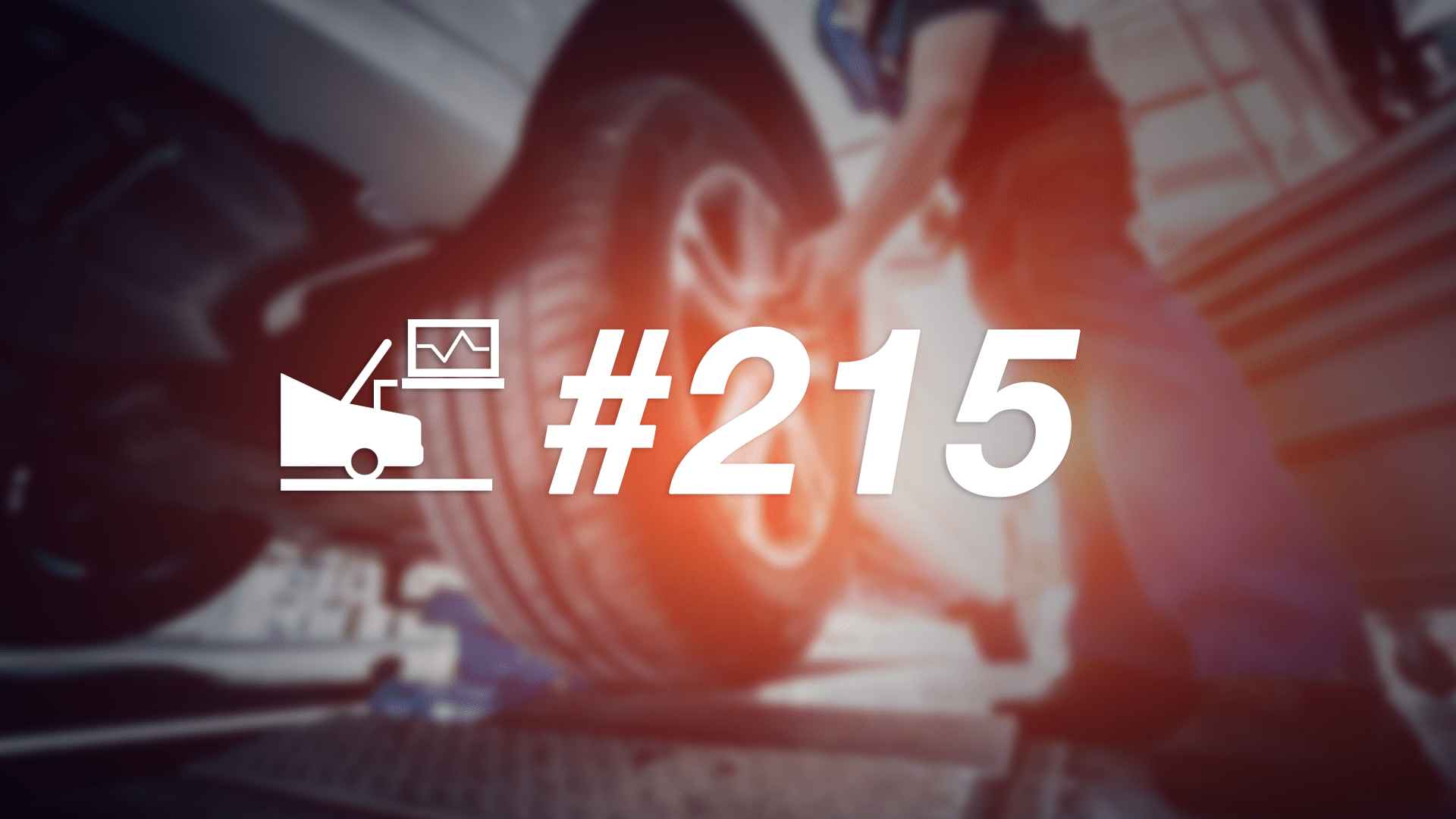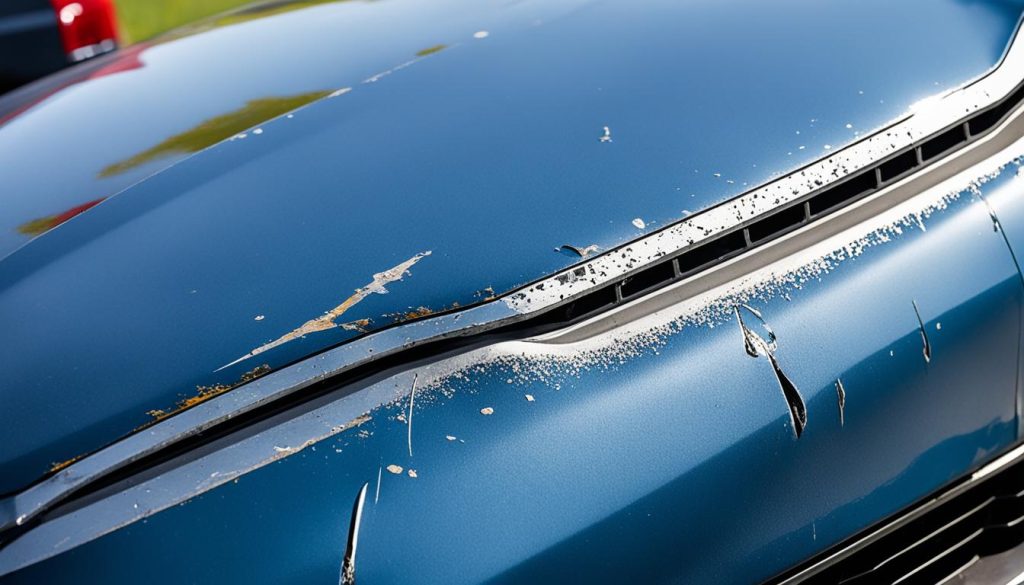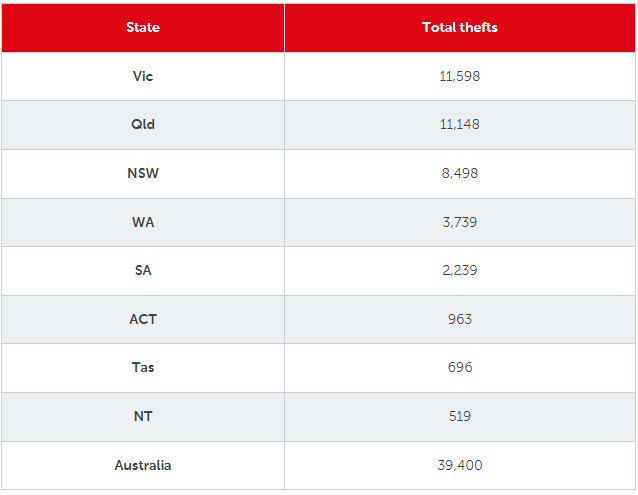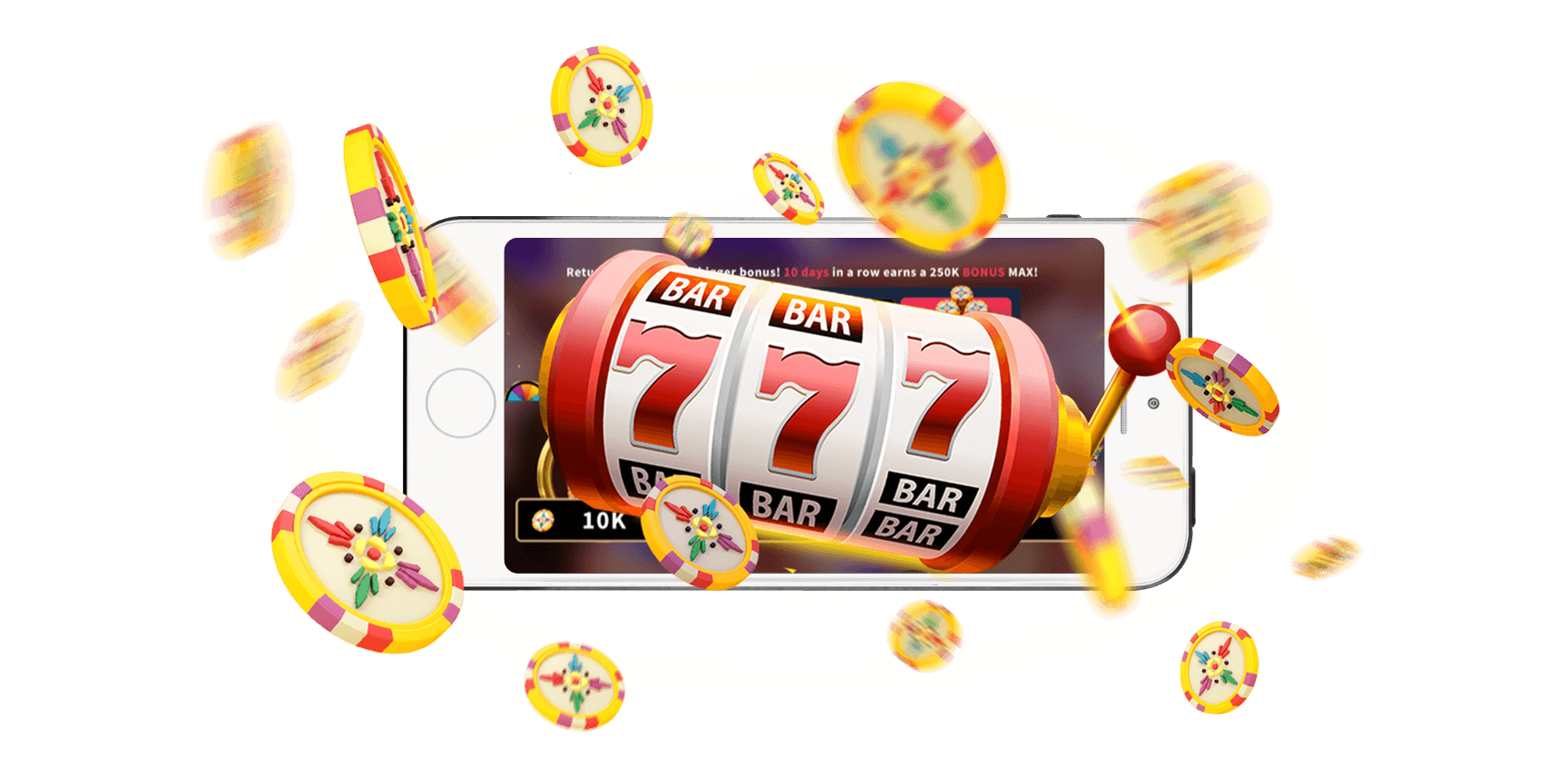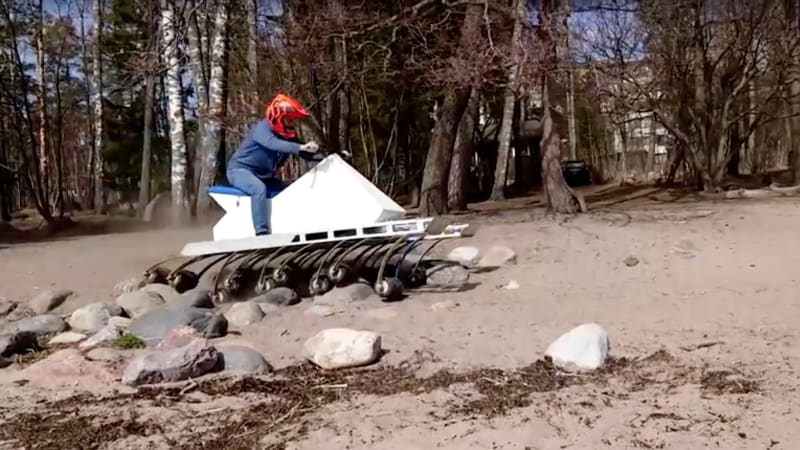
It’s now 40 years since Porsche showed its concept for Group B rallying, called the, er, Group B concept. In the finest Porsche tradition, the car that previewed the 959 wasn’t far from reality at all, because they don’t waste time in Stuttgart creating what there’s no intent to manufacture: just three years after that Group B concept, the 959 had won the Dakar rally. And taken second place. The rally series it was designed to compete in may have been doomed, but the 959 was going to race somehow, and it was going to win. The 961 (a 959 for the track) took first place in the IMSA/GTX class at the 1986 Le Mans.
Also in the finest Porsche tradition, the 959 was quite a modest thing for such a groundbreaking supercar. It was wild for something with cues familiar from a contemporary 911, sure, pumped up and hunkered down, but this was the time of the Countach and the F40 and not long before the V12 XJ220 concept. For a while, it felt like the 959 was the forgotten beast of Group B, where everybody remembered the truly crazy homologation specials but not the actual test bed for the all-wheel drive 911 Turbo – which has become perhaps the most complete performance car around – as well as introducing all sorts of tech that we take for granted nowadays. In a fully functioning, properly equipped flagship. Here’s a car with tyre pressure monitoring, adjustable dampers (as part of self-levelling suspension) and variable all-wheel drive, sold at the time as the last Ford Capris. One very important Porsche to revisit, then.
Once we’ve dealt with a bit more history, of course. By the time of the Group B concept, the Porsche 911 had already been around for 20 years; the new car was a demonstration of how far the rear-engined concept could be taken and what could be achieved despite the limitations of the layout. Its success in competition proved the validity for subsequent motorsport applications, and the roadgoing 959’s ability to dumbfound anyone lucky enough to drive it was all the proof Porsche needed to continue down the same path with other production cars. Once these were all made, every 911 Turbo since has been all-wheel drive. The 959 is genesis for the four-wheel steering, carbon ceramic-braked, launch-controlling monsters we call flagship 911s today – quite some lineage.


Of course, it was famously a tech fest back in the 1980s. Perhaps those claims are taken with a pinch of salt nowadays (after all, this was in the time before the Commodore 64), but the old thing does boast a remarkable array of properly advanced features. Consider sequential turbos for a six-cylinder engine before the Japanese made them famous, magnesium alloy wheels that reduce unsprung mass, all-wheel drive that can still send 80 per cent of the power rearwards and automatic ride height lowering to benefit aero – in the 1980s! A drag co-efficient of 0.31, combined with 450hp from the 2,849cc, twin-turbo flat-six, meant a top speed of almost 200mph, back when a 911 Club Sport barely mustered half that output or three-quarters the speed. It wasn’t so much supercar as space travel.
Three and half decades later, a Porsche 959 can still draw a crowd. Parked up at Festival of Speed alongside other Porsche Museum greats and, as we’ve come to expect, not very far from some of the world’s greatest racing cars, the old grey Porsche is the very opposite of ignored. People are still very fond of it, recalling it as a poster car (back when people had posters) and being blown away by the performance stats when getting to 60mph in seven seconds was really fast. Milestone vehicles clearly don’t lose any of their impact, at least not if the adoring Goodwood crowds are anything to go by.
It’s a dainty little car these days, though whether that’s indicative of old stuff actually being that small or modern cars being a bit too big isn’t clear. It’s certainly a shock to see a car of this potential boast wheel and tyre dimensions that appear almost supermini sized in 2023: the fronts are 235 section, the rears 255, those famously hollow wheels only 17-inch in diameter. A 450hp 911 of today would not be so modestly shod; given responsibility to drive the 20,000km literal museum piece up the hill, it’s a handy reminder that the old thing won’t be as crazily capable as something brand new.


The interior is a fascinating mismatch of 80s’ 911 – with all the chaos and confusion of a nursery playroom – alongside touches that look remarkably modern, like a dial to adjust the attitude of the suspension and the all-wheel drive system. It feels tough as anything, too, with not a creak or rattle to be heard and that reassuring thunk from the doors. The 959 starts first time on the most innocuous key ever seen, every dial and readout works, the panel gaps are tight, the air con ice cold. Allowing for an awkwardly sited clutch and a wheel in your lap, this million-pound classic is a cinch – handy when flocks of people are watching your every move. The hassle-free hypercar starts here, surely, and Porsche-style user-friendliness has never felt such an asset.
Arguably it’s that vice-free nature – against something like an F40 at least – that’s always made the 959 look like the safe option. But seldom has 450hp felt so fast as when this turbocharged Porsche gets properly on boost. The Goodwood drive, as these things always are, is brief, and as part of a convoy rather than an individual run there’s even less scope for exploration. (Hope you prepared the tiny violins.) When there’s space for a run through second gear, however, it absolutely explodes.
Back in the day, Porsche claimed the sequential set-up eliminated lag – you can guess the reality – but the 959 is brisk enough even with just one puffing. The second blower doesn’t get to work until more than 4,500rpm, with a switch as smooth as a fumbled baton handover. And if the slight hesitancy doesn’t give the game away, the torrent of speed from there to 7,000rpm confirms it, the 959 rearing up and charging forward with the sort of energy that still qualifies as properly thrilling. This must have felt unhinged in the late 1980s. And therefore absolutely brilliant. Martina Navratilova had one and claimed to have done about 200mph in hers – “that was fun”, she reckoned. From this brief experience, that feels eminently achievable.


In fact, perhaps the more telling endorsement of the 959’s abilities – and its huge significance in the wider story of the supercar – came from elsewhere in the tennis legend’s interview. During that drive that may or may not have hit the hallowed 200, it averaged something like 150mph for two hours. With, seemingly, no complaint at all from driver or machine. You suspect that sort of thing in an F40 wouldn’t have been such a breeze.
And look where the supercar has gone since the 1980s, with the crazy lightweights reserved for the committed few and the segment gradually evolving instead to mimic a template laid down by the Porsche. Through technology (and extensive turbocharging), the supercar that tends to turn up today is one previewed by the Group B project: prodigious power and furiously exciting performance, albeit tamed and exploitable through the very latest in chassis hardware. And, now more than ever, software.
The build quality, luxurious fit and finish and all-weather approachability are familiar from the 959, too – as is the idea that a supercar can be driven and enjoyed on a regular basis. It’s helpful that the car retains the analogue charm of a manual gearbox and proper Porsche steering (there is no PAS), yet it hardly needs them to secure a nailed-on place in the PH Hero Hall of Fame. It is not alone in previewing the future, of course – automotive firsts pop up in all sorts of weird and wonderful places – but precious few performance models can claim to have left such an indelible mark on the history of the supercar. A technological gamechanger, and a glorious one, too.
SPECIFICATION | PORSCHE 959
Engine: 2,849cc, twin-turbo flat six
Transmission: 6-speed manual, four-wheel drive
Power (hp): 450@6,500rpm
Torque (lb ft): 369@5,000rpm
0-62mph: 3.7 seconds
Top speed: 197mph
Weight: 1,450kg
MPG: N/A
CO2: N/A
On sale: 1986-1993
Price new: £145,000 (1987, £399,000 June 2023)
Price now: £1m+
#Porsche #Heroes



